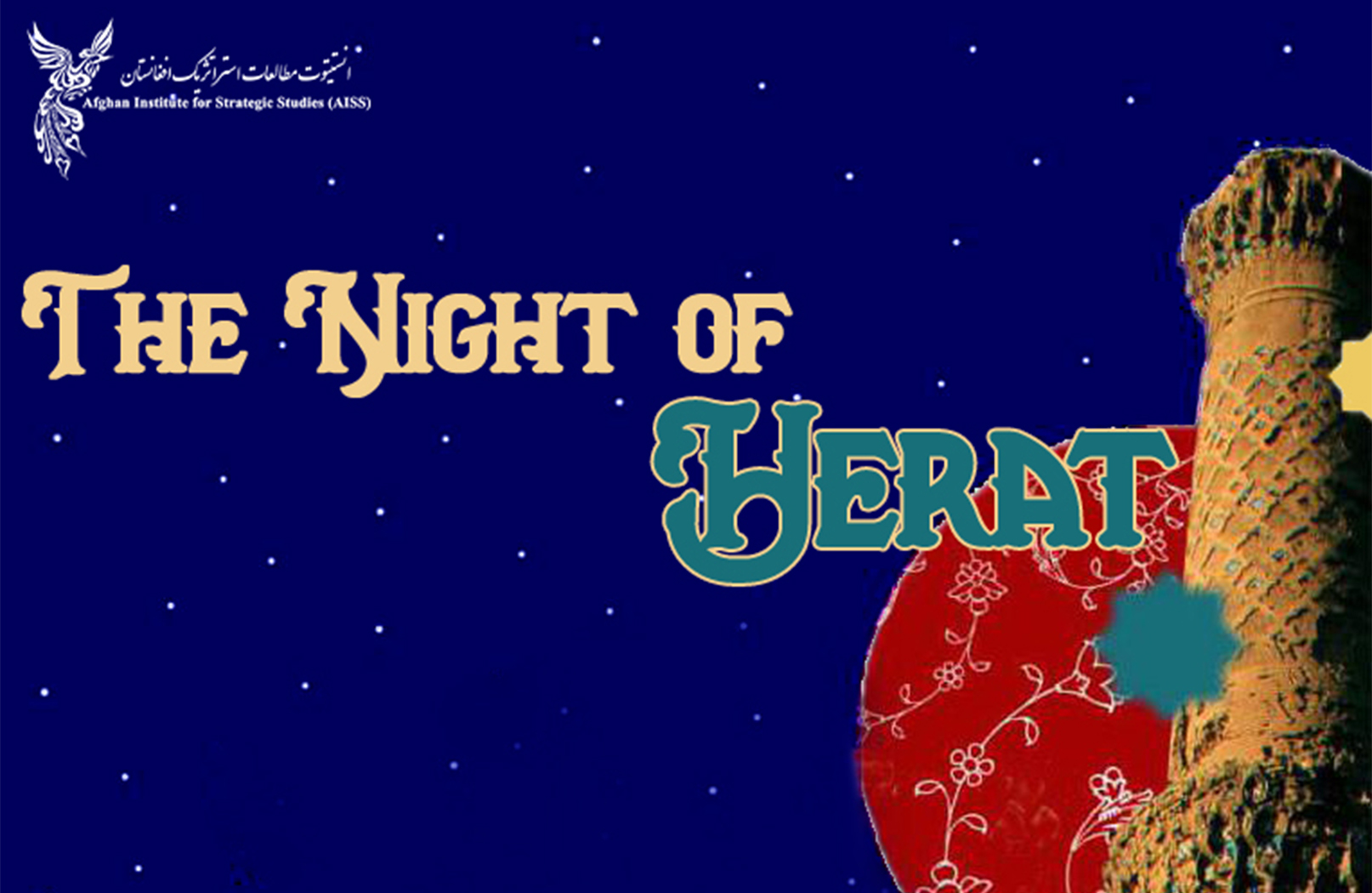Ezzatollah Zarghami, the Minister of Cultural Heritage, Handicrafts &Tourism for the Islamic Republic of Iran
Extends his message on the occasion of the Night of Herat event
Ezzatollah Zarghami, the Minister of Cultural Heritage, Handicrafts, and Tourism for the Islamic Republic of Iran, extends his message on the occasion of the Night of Herat event, delivered by Dr. Maryam Jalali, Deputy of Handicrafts in the ministry.
In the name of the Lord of Life and Wisdom,
Wise thinkers from Iran and Afghanistan,
Greetings and blessings be upon you.
It is a pleasure that Tehran, the capital of the Islamic Republic of Iran, is hosting a ceremony to commemorate one of the ancient cities of Iran and Herat, in historical Khorasan. I express my gratitude to all contributors, especially intellectuals and cultural figures from Iran and Afghanistan, for this initiative.
How words and places like Tehran, Herat, Khorasan, Iran, Afghanistan, and the Islamic Republic of Iran get interconnected? Ancient and modern cities, civilization, and modern governments, intellectuals, and politicians, geographical borders, and the shared destiny of the people in this region, what discourse and perspective can interpret these diverse elements? How the common experiences of past, present and future of the people in these lands can be connected? One possible answer is the concept and discourse of "Iran Shahr."
Commemorating one of the magnificent yet suffering cities of Iran and Afghanistan, "Herat Jan," provides a good opportunity to discuss the essence of "Iran Shahr." Like any "meta-narrative," this discourse carries various perspectives. A short message for a cultural ceremony might not be the ideal space to reflect these diverse viewpoints. Nevertheless, I'd like to briefly express my interpretation of "Iran Shahr" and how Herat exemplifies this cultural domain.
Both Iran and Herat share a geographical framework, but more important than the "geographical container" is its content. This content is inherently "civilizational," not imperial. Although the most powerful emperors in the world have emerged from this cultural realm, the Iranian civilization is an "overarching civilization" that encompasses various domains such as governance, commerce, art, religion, economy, and culture.
Another prominent feature of "Iran Shahr" is its diversity, coexistence, and the essential principle of balancing individual’s and group’s needs and institutions. The Iranian civilization has always been religious, yet the religious institution has never denied or eliminated other institutions and needs. Another noteworthy aspect of "Iran Shahr" is its transcultural, translingual, and transregional nature. Persian, as the main language of this civilization, has connected diverse groups like beads on a rosary from Kashgar to Albania, making it a global language rather than the language of empires.
In Iran Shahr, humans live alongside other creations of the Almighty. Our jurists established the first legal framework supporting animal rights. Among the people, cutting a tree inappropriately is prevented with the decree "it is sinful."
Herat mirrors Iran Shahr. Goharshad Begum, a woman of capability, transformed the Timurid Empire into the "Timurid civilization." Her mosque in the sacred shrine of Imam Reza (AS) stands as a testament to her enlightened contributions. Ali Shir Nava'i, the wise minister of Shahrukh, is a prominent figure in both Persian and Uzbek languages.
The artistic school of Herat is inspirational and complements the artistic schools of Tabriz and Isfahan. Ayatollah Mohammad Kazem Khorasani, known as Akhund Khorasani, a figure who transformed Shiite jurisprudence, is another intellectual pillar of Herat. Martyr Tousliyari, a companion of Sardar Soleimani, founder, and first commander of the Fatemiyoun Division, is another shining star from Herat, holding a special place in the hearts of freedom seekers and resistance fighters.
Ladies and gentlemen,
Our shared past and present destinies provide a suitable foundation for collaboration, unity, and mutual enhancement. Opportunities and threats in our common region are shared. Human and natural resources in our region, within a collective and regional framework, can bear fruit sooner and better. Extremism, environmental threats, and imbalanced development are common threats that can only be addressed through unity and cooperation. Afghanistan and Iran, as heirs of the rich Iranian and cultural civilization of Khorasan, can and should be the models of interaction, cooperation, and mutual growth in various fields, including handicrafts, and handmade products originating from the creative people of this cultural and civilized region, representing the manifestation of this cultural integration.
The legacy of Herat's history and the unveiling of the history book of this beloved city, despite the recent challenges and suffering of the honorable people of Afghanistan, is a joyful milestone toward a better world.

